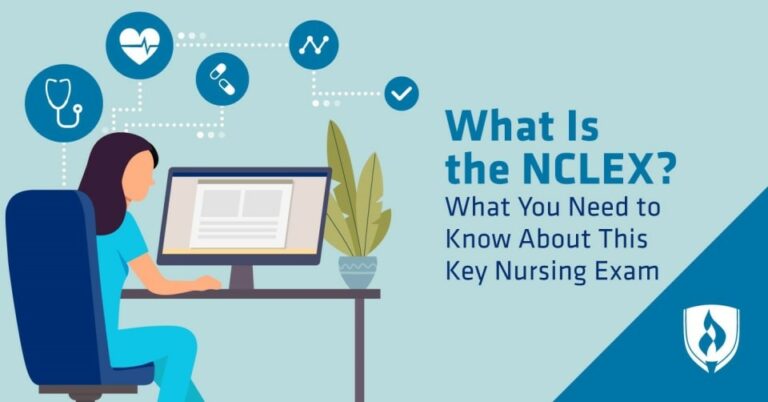Literary devices add layers, clarity, and emphasis to writing, but they work best when readers know how to spot them. Your students may groan when the lesson plan calls for learning about allusions, colloquialisms, hyperbole, and other literary techniques. Reading would be easier if writers didn’t write like ninjas, hiding their words’ true meanings in the shadows of their story, right?
Helpful tips make it easier for your class to learn how literary devices deepen a story’s purpose and meaning. Students gain a new appreciation for familiar stories when they go beyond identifying literary devices and learn how to study literary devices. Help your students become active readers who enjoy engaging with a story and all its nuances.
Use Technology To Supplement Standard Reading Experiences
School reading platforms provide new options for delivering lessons, such as creating questions, comments, and annotations in ebook text. Instructors can use hotspots for schools to send notes directly to their students’ ebook copies.
Students can use the school WiFi hotspot to ask questions, make notes, and interact with other students. These useful platforms simplify providing students with remote help and extend the classroom outside the school grounds.
If your school does not use reading platforms, create a forum or comment section for your classroom. There, you and your students can post comments and ask questions whenever you wish, and you only have to answer a question once. After you respond, the answer becomes public for everyone to see.
Introduce Related Devices at the Same Time
Rather than present your class with a large list of all the literary devices you want them to learn, start with a small group of related techniques. When students receive several pages of language techniques, definitions, and examples all at once, it’s no wonder they feel caught in a web of confusion. (Feel free to use that metaphor in your lesson plan!)
By breaking down devices and grouping them together, it’s easier for your class to identify similarities and patterns. For instance, start with sound devices like sibilance, alliteration, assonance, and onomatopoeia. Then, move on to personification, simile, metaphor, and other imagery devices.
Once you have a group of devices, share the name of the technique, its definition, an example, and a couple of sentences about the technique’s effect. From the beginning of this learning journey, it’s essential for lessons to stay rooted in what different literary devices mean. That way, students have a solid foundation for analyzing language.
Practice Spotting Solid Analyses
One of the biggest hurdles students encounter while learning literary devices is creating a solid analysis, but that’s often because they don’t have good examples. When analyzing a literary work, it’s important to identify and discuss the various literary devices the author uses. This includes identifying where and how the devices are used, understanding why the author included them, and explaining how they affect the reader.
Give your class two short analyses of the same literary device, where one example’s stronger than the other. Have your class choose the best example and share why they think it works better. When they discuss which example works best, they learn how to explain in their own words what goes into a solid literary device analysis.
Dive deeper by having the class debate examples they disagree on. During the discussion, students share their opinions and reasonings, rather than wait for you to share which example you feel works best.
Learning the mechanics of literary devices helps students read and think critically. There’s nothing like the joy of seeing a student’s eyes light up when literary techniques click for them. Use these tips to help your class pierce the writing veil and see the new world waiting on the other side.












